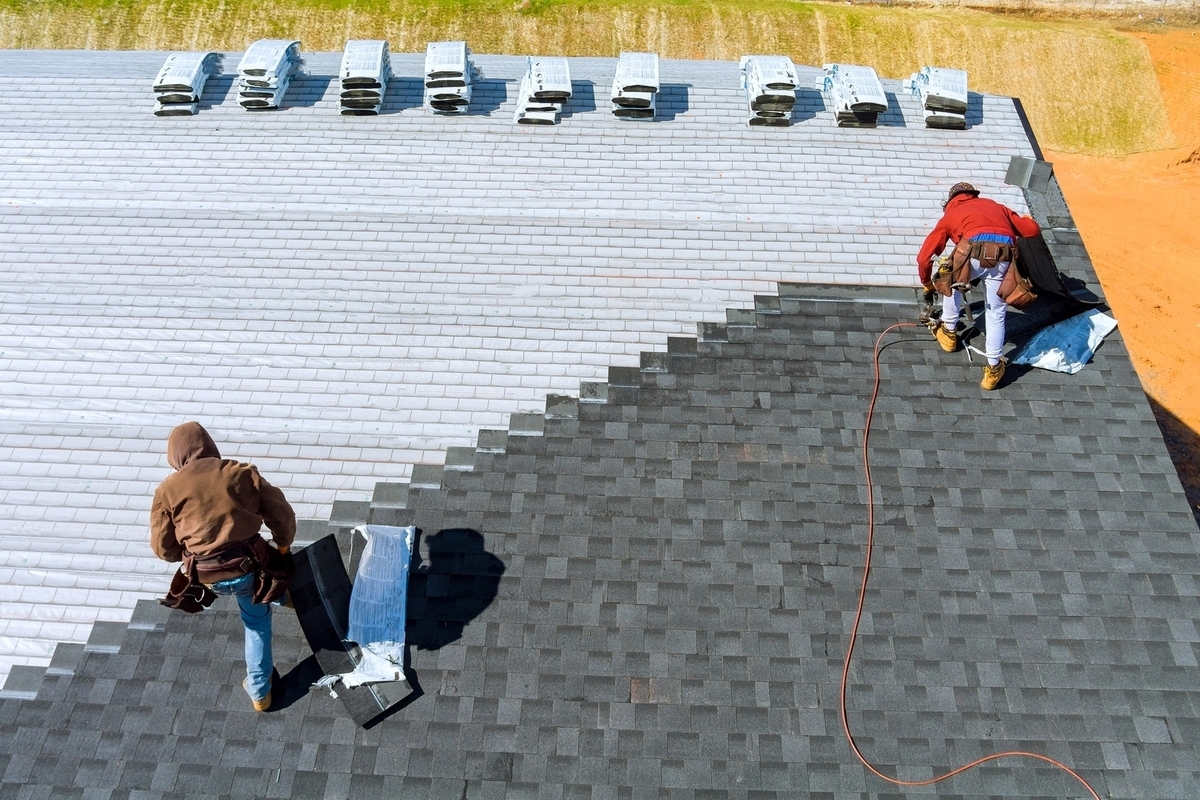Understanding Roofing Shingles A Comprehensive Guide
Roofing shingles are a popular choice for residential roofing due to their durability, aesthetic appeal, and relatively straightforward installation process. As an integral component of a home’s exterior, roofing shingles not only protect the structure from the elements but also enhance its overall appearance. In this article, we will delve into the various types of roofing shingles, their benefits, installation processes, and maintenance tips to help homeowners make informed decisions.
Types of Roofing Shingles
There are several types of roofing shingles available, each offering distinct benefits. Here are the most common types:
1. Asphalt Shingles
Asphalt shingles are the most prevalent roofing material in North America due to their affordability and ease of installation.

– Three-Tab Shingles: These are the most basic and economical option. They are flat and have a uniform appearance, making them suitable for a traditional look.
– Architectural Shingles: Also known as dimensional shingles, these offer a more textured and three-dimensional appearance, providing better aesthetics and improved durability compared to three-tab shingles.
– Luxury Shingles: These high-end shingles mimic the look of natural materials like slate or wood shakes, offering superior aesthetics and performance but at a higher cost.
2. Wood Shingles and Shakes
Wood shingles and shakes are made from cedar, redwood, or other hardwoods.
3. Metal Shingles
Metal shingles are made from materials such as aluminum, steel, or copper. They are highly durable, resistant to extreme weather conditions, and can last up to 50 years or more. Metal shingles are also eco-friendly, as they can be recycled at the end of their lifespan. Their sleek and modern appearance makes them an attractive option for contemporary homes.
4. Slate Shingles
Slate shingles are made from natural stone and are known for their elegance and longevity. They can last over 100 years and require minimal maintenance. However, slate is heavy and requires a robust roof structure to support its weight. It is also one of the most expensive roofing options.
5. Clay and Concrete Tiles
Clay and concrete tiles are renowned for their durability and classic Mediterranean or Spanish look. They are resistant to fire, insects, and rot. These shingles are heavy and require additional support, making them more suitable for specific architectural styles and regions.
Benefits of Roofing Shingles
Choosing the right roofing shingles can significantly impact your home’s aesthetics, value, and protection. Here are some benefits of using roofing shingles:
– Durability: Most roofing shingles are designed to withstand harsh weather conditions, including wind, rain, and hail. This ensures the longevity of the roof and reduces the need for frequent repairs.
– Aesthetics: With various styles, colors, and materials available, homeowners can select shingles that complement their home’s architectural design and personal preferences.
– Energy Efficiency: Some shingles are designed to reflect sunlight, reducing heat absorption and keeping the home cooler. This can lead to energy savings on air conditioning.
– Cost-Effectiveness: Asphalt shingles, in particular, offer an economical roofing solution that balances price and performance. Their ease of installation also reduces labor costs.
– Low Maintenance: Most shingles require minimal upkeep, with periodic inspections and cleaning sufficing to maintain their condition.
Installation Process
Installing roofing shingles is a detailed process that should ideally be handled by a professional roofer. Here’s an overview of the steps involved in the installation:
1. Preparation
Before installation, the roof must be inspected for any damage or decay. Any existing shingles, debris, or old roofing materials need to be removed. The roof deck should be repaired if necessary and covered with a roofing underlayment or felt paper to provide extra protection against moisture.
2. Laying Starter Shingles
Starter shingles are installed along the eaves and rakes of the roof. These provide a secure base for the first row of shingles, ensuring proper alignment and water drainage.
3. Installing Shingles
Shingles are laid in overlapping rows, starting from the bottom edge of the roof and working upwards. Each row covers the nails of the previous row, enhancing water resistance. Proper alignment and spacing ensure uniform appearance and effective water shedding.
4. Finishing Touches
Once the main field of shingles is installed, ridge caps are placed along the roof’s ridge to provide a finished look and additional protection against wind and water intrusion. Flashing is also installed around roof penetrations such as chimneys and vents.
Maintenance Tips
Regular maintenance can extend the lifespan of your roofing shingles and prevent costly repairs. Here are some essential maintenance tips:
– Inspect Regularly: Conduct visual inspections at least twice a year and after severe weather events to check for damage or missing shingles.
– Clean Gutters: Ensure gutters and downspouts are clean and free of debris to prevent water backup and roof damage.
– Remove Debris: Clear leaves, branches, and other debris from the roof surface to prevent moisture buildup and algae growth.
– Trim Overhanging Branches : Overhanging branches can damage shingles and provide a pathway for pests. Trim them regularly to avoid these issues.
– Address Issues Promptly: Fix any minor problems, such as loose or damaged shingles, as soon as they are identified to prevent more significant damage.
Roofing shingles play a crucial role in protecting your home while enhancing its aesthetic appeal. By understanding the different types of shingles available, their benefits, and proper installation and maintenance practices, homeowners can make informed decisions that will ensure the longevity and beauty of their roofs. Whether you opt for the classic appeal of asphalt shingles, the natural charm of wood, or the enduring strength of metal or slate, the right choice can profoundly impact your home’s value and comfort.

